History of the Old Rite
Old Believers, or more correctly, Old Ritualists are Russian Orthodox Christians who adhere to the service books and ritual of the Russian Orthodox Church prior to the reforms made to those books and services by the Russian Orthodox Patriarch Nikon beginning in the year 1653. Before the Russian Revolution in 1917 there were probably more than 20 million Old Believers located throughout the Russian Empire and in Diaspora, but now after nearly a century of Communist persecution and simple secularization of Russian people, that number probably does not exceed 2 million. It is important to state at the outset that the phenomenon of the Old Believers cannot be understood by simply stating that Patriarch Nikon revised the Russian Orthodox ritual creating Old believers. It is necessary to understand the background that brought about the tragic events that led to the Great Schism in the Russian Orthodox Church creating the Old Believers.
The Russian land received Christianity in the year 988 because of the decision of Prince Vladimir to accept Eastern Christianity from Byzantium. The Russian people were baptized en masse in the Dnieper River in 988 and came under the omophorion of the Patriarch of Constantinople. Thus, the Russians were part of the Greek Orthodox Church until they were formally granted their complete independence and their own Patriarch in 1588.
Nevertheless, while being under the spiritual and administrative direction of the Patriarch of Constantinople until 1588, a number of events occurred between 988 and 1588 that led to the Russians feeling that they were already an independent Church long before the Constantinopolitan Patriarch and the other Eastern Patriarchs conferred a Patriarch and independence on them.First of all, Constantinople was stormed by the Latin Crusaders of the Fourth Crusade in 1204. After this disgraceful act on the part of the Crusaders, they appointed a Latin Patriarch to administer the Greek Church. This was most likely the first event that began to distance the Russians from their baptizers and to make them suspect that their "teachers" had lost their Orthodox purity and independence from the Roman Catholic Church.
In the mid-thirteenth Century, Batu, the grandson of Gengis Khan, swept into Russia with the Mongol horde instituting the more than 200-year-period the Russians still refer to as the "Mongol yoke". While the Mongols were ruthless and barbaric in their treatment of those who opposed them, they were religious during the first part of their reign, thus leaving the Russian Church to function as it had before. However, all foreign relations were controlled by the Mongols, and the Russians found themselves isolated not only from Western Europe, but also even from the East – including Constantinople, which still legally was responsible for all administrative actions of the Russian Church.
In 1439, both the Russian Church and the Greek Church took part in the Council of Florence which was called in an attempt to reunite the Eastern and Western Churches. As David Scheffel relates in his book In the Shadow of Antichrist, “the imminent threat of a Turkish conquest of the remnants of Byzantium had prompted the (Greek) emperor to seek military assistance from the West in exchange for settling the schism between Greek Orthodoxy and Roman Catholicism to Rome's advantage. The short-lived Union of Florence brought about neither the survival of the ailing eastern empire nor a lasting peace between Constantinople and Rome. But it supplied a powerful rationale for the Russification of the Muscovite branch of the Orthodox Church and for Russia's role as the self-appointed protector of the Christian faith.”
